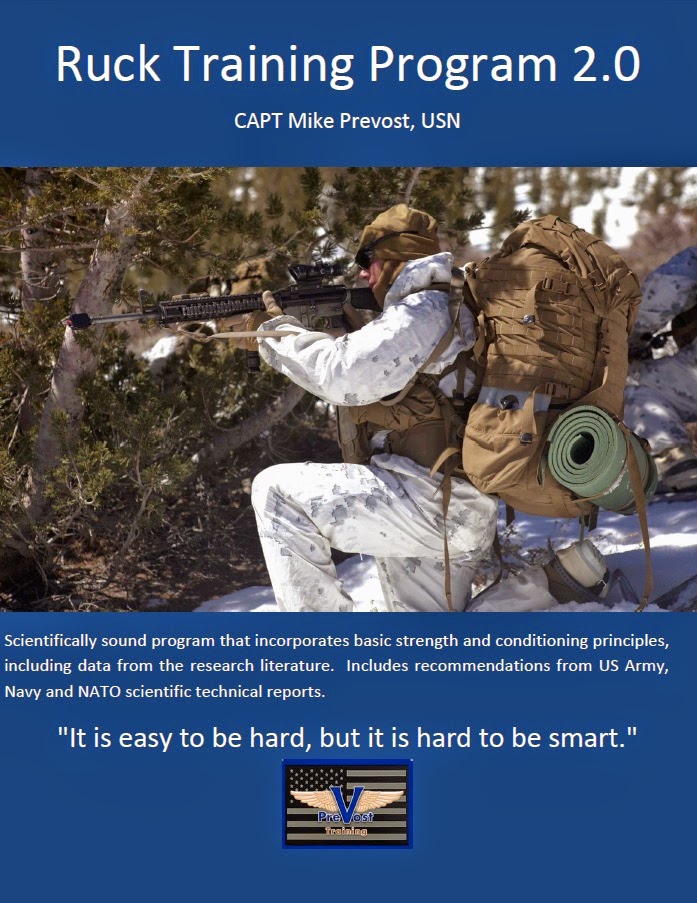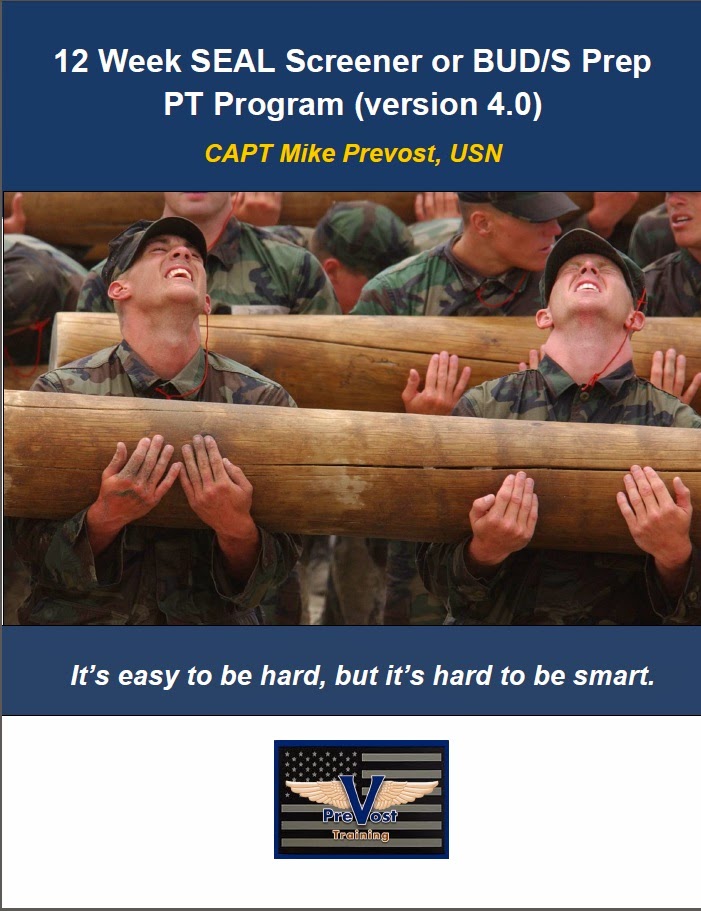Coach Dan John likes to say that strength training is loaded movement. There are basically 5 different fundamental human movements: push, pull, squat, hip hinge, and core/carry. Of course there are other movements, but these are the fundamental ones that form the basis of most athletic movements. They simply must be addressed in your training program or it is incomplete at best. Again, strength training is loaded movement. Load and movement (along with volume) are the major variables that are manipulated in designing a strength training program.
Young people spend lots of time running, jumping, tumbling, climbing trees, jumping over fences, wrestling, playing sports ............ moving. Active young people rarely have a movement deficit. I think you will agree that in general, young people move better than older people. They may not be strong, or even fit, but they can move.
As we get older, we don't do that stuff anymore. If you are 40+, when was the last time you climbed a tree or hopped over a fence? Your movement ability is not what it used to be. This is partly why recreational sports are so dangerous for 30 somethings. They are young enough to feel invincible, and to remember participating vigorously, but they have already lost some movement capability.
Which brings up a simple concept. Programming for younger trainees should focus on loading, with simple, basic movements. Of course, movement quality is always important! However, it is OK to use some machines to increase loading. However, for older adults, the focus should always be on movement. Movement is more important than loading!
Consider the exercise below. This is a seated overhead press. This is the kind of exercise that is often used with older adults. It is used because it is "safer" than the free weight version.
Here is the problem, all of the "movement" work is done by the machine. It is completely stabilized, with the movement path fixed. This removes all of the stability work, which is the most critical part for older adults! The legs are completely relaxed, the core does not really need to be engaged. Really, only the few muscles that are necessary to move the device along the fixed path are engaged. However, because the movement path is fixed, with little chance of deviation or error, it is safer to load heavy. That is why it is often used with older adults. Again, this is backwards. It is sacrificing movement for loading.
Take a look at the exercise below. This is a very "movement" focused exercise. It is a movement based version of the exercise above. Every muscle in the body is engaged from the muscles in your fingers to your toes. The core is locked down, the neck and traps are stabilizing the upper spine and shoulder blades. The lumbar stabilizers, glutes and hip flexors are stabilizing the trunk and hips. The legs are working to provide a strong base.
But, many trainers will object,"That exercise is not safe for older adults!" Wrong. It is not safe if the loading is too heavy. They may have to start unloaded! That is OK. Strength training is loaded movement. We don't sacrifice movement for loading, especially in older adults. Instead of prescribing exercises that help to restore functional movement, they often prescribe exercises like in the top picture (seated machine press). They emphasize loading over movement by having the older client do 5-6 exercise machines.
Instead, how about having an older client practice getting up off the floor instead (i.e., Turkish get ups, even without a load)? Maybe lift something off the floor and even press it overhead. It does not have to be heavy, yet. Instead of a machine bench press, how about a push up? Even if it is a knee pushup the core will still be engaged. What about a bodyweight squat instead of a machine leg press? Even if it is not a full squat initially, or they have to deload a bit by holding on to something (i.e. TRX), it is a more of a functional movement than the leg press and is plenty safe if loading is appropriate.
There are lots of simple programs that fit this template:
How about a version of the "Program Minimum"
Tuesday - Getups
Wednesday - Pushups
Thursday - Swings
Friday - Getups
Saturday or Sunday - Pushups
Or maybe something like:
Monday/Thursday: Pushups, body rows
Tuesday/Friday: Goblet squats, Bulgarian goat belly swings
Or perhaps for a middle aged client:
Warm up: Turkish Getups, then: Pull-ups, dips, goblet squats, kettlebell swings
For an older adult, a program of nothing but Turkish Getups (starting unloaded and progressing to loaded as able) could be a life changer. In fact, for a middle aged adult, try working up to a 1/2 bodyweight Turkish Getup! If that is all you did, and you reached that goal, you would be a strong and capable human being!
Some parting thoughts. Doing some work on the ground is good. Any exercise that requires you to get off of the floor is going to be of benefit. Carry some stuff for distance. Training to pick things up off the floor is important. You are going to have to do that every day in real life anyway. Press things overhead. Most exercises should be done while supporting your own weight, and not sitting or lying down. Keep it simple! Focus on improving movement quality first, and loading second. Never sacrifice movement quality for loading.











